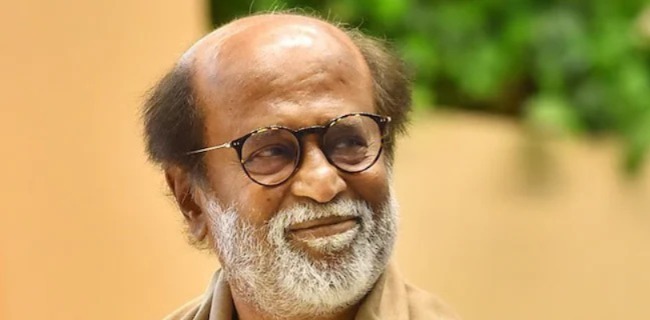In a significant update that brings relief to millions of fans worldwide, Indian cinema legend Rajinikanth is reported to be in a stable condition following a successful endovascular repair procedure. The superstar, who has been a towering figure in Tamil and Indian cinema for decades, underwent the procedure to address a vascular issue. After the operation, doctors have confirmed that the actor is recovering well and will likely be discharged from the hospital in two days. This news has come as a reassurance to his ardent fan base, which was naturally concerned upon hearing about his health issues. As Rajinikanth recuperates, it’s important to understand the nature of the procedure, the possible causes leading to it, and its significance in the medical world. In this article, we will explore these aspects and also dive into Rajinikanth’s enduring legacy in the world of cinema and how his health is tied to the emotions of millions of his followers. Rajinikanth’s procedure, known as endovascular repair, is a minimally invasive surgery used to treat problems in the body’s blood vessels, typically aneurysms. An aneurysm is a bulge or ballooning in the wall of a blood vessel that can be life-threatening if it ruptures. In endovascular repair, doctors use a catheter inserted through a small incision to guide a stent or a graft to the site of the aneurysm or other vascular problem. This stent supports the vessel walls and prevents further damage. This procedure is often recommended for patients who are at risk of complications from a traditional open surgery due to age, underlying health conditions, or the location of the aneurysm. The benefits of endovascular repair include a shorter recovery time, less pain, and fewer complications, making it a preferred choice for many individuals, especially older patients. Rajinikanth, now in his 70s, has maintained a busy work schedule despite his advancing age. Known for his energetic on-screen presence and action-packed roles, he continues to push the boundaries in a career that spans over five decades. However, in recent years, there have been occasional concerns about his health. Like many individuals in their 70s, Rajinikanth has faced age-related health issues, including concerns related to his cardiovascular system. While specific details about the exact nature of Rajinikanth’s vascular condition have not been fully disclosed, it is likely that the endovascular repair was performed to address an aneurysm or other vascular irregularities. Given the actor’s age and the demanding nature of his profession, such a procedure would have been recommended as a preventive measure to avoid any potential life-threatening complications in the future. Endovascular repair is typically performed when imaging tests such as CT scans or MRIs reveal a bulging or weakening in the vessel walls. Rajinikanth, who is regularly monitored by a team of doctors, may have undergone these tests as part of a routine check-up, leading to the discovery of the issue. The decision to opt for this procedure would have been carefully weighed by his medical team to ensure the best possible outcome with minimal risks. The endovascular repair procedure itself is a complex yet minimally invasive operation. In Rajinikanth’s case, doctors likely made a small incision in the groin area to access the femoral artery. From there, a catheter would have been inserted and guided to the site of the aneurysm or affected vessel. A stent graft, which is a tube made of fabric and metal mesh, would have been placed inside the blood vessel to reinforce it.
Rajinikanth stable after endovascular repair, to be discharged in two days

